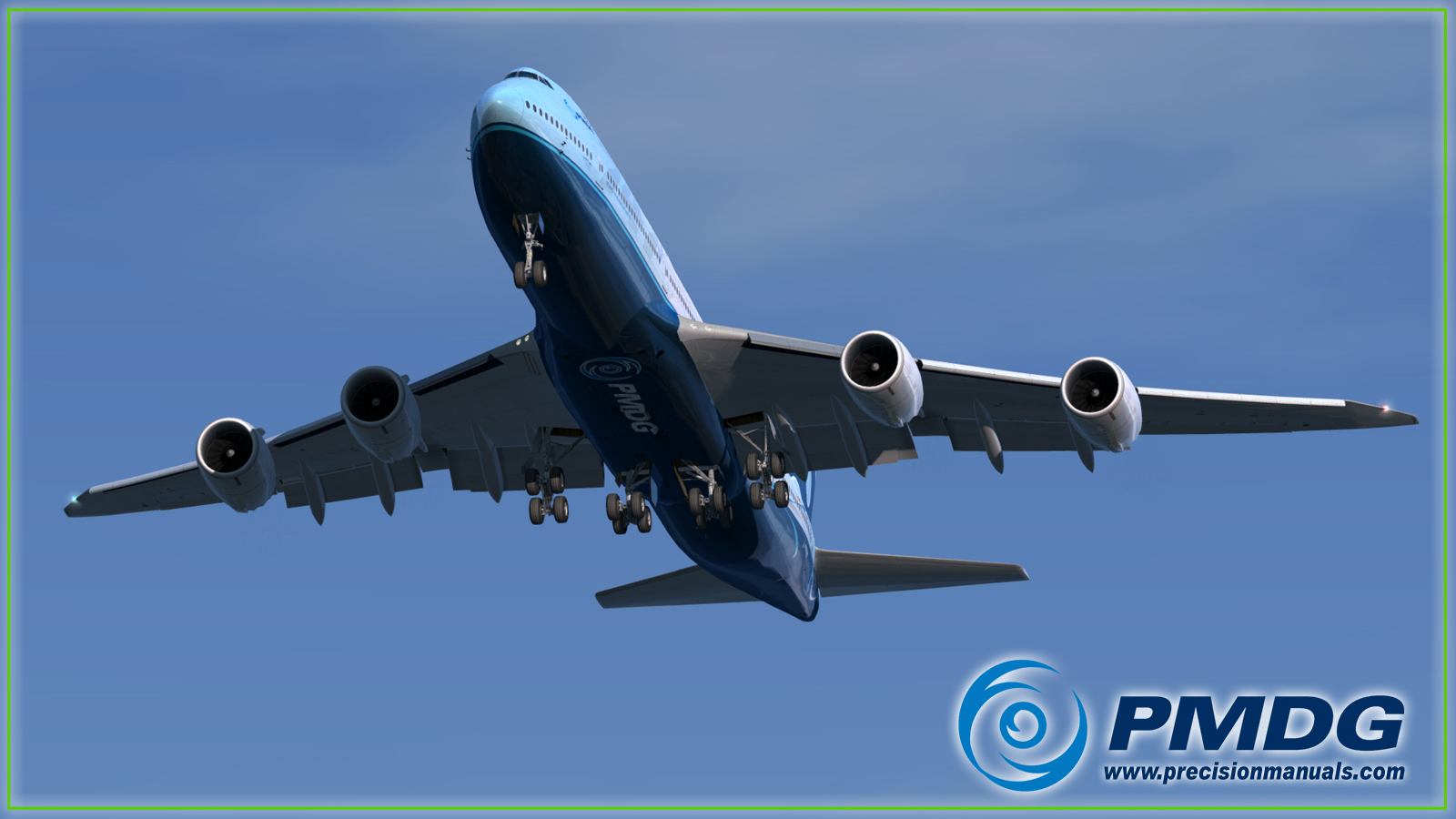
The FLEX thrust will be delivered, regulated by the engines’ computers, called FADECs Then you have it: FLEX value is 40.ĭuring cockpit preparation, pilots will insert this value on the performance FMS page.ĭuring takeoff, they will move the thrust levers to the detent marked “FLEX/MCT”. Lets say this value happens to be 40 degrees (I am also making this number up). The performance limited weight for the OAT is much higher than 77 tons, but for the sake of example, let’s say 83 tons, but I’m making this number up.īy calculating the temperature at which the takeoff can be made with maximum thrust at 77 tons, you can reduce the thrust. By assuming a higher temperature than the actual one, the thrust can be reduced.Īn A320 at 77 tons (maximum structural takeoff weight) with an OAT of 4 degrees Celsius. On the Airbus, we call it FLEX, short for flexible temperature.The maximum takeoff thrust is limited by outside air temperature (OAT).

The advantage, on the other hand, is that if the takeoff is Vmc limited (think slippery runway) then using a de-rate may actually give us an improved RTOW by reducing V1.įull thrust (ie no ATM) takeoffs are required on a periodic basis to verify engine performance and may also be required on a contaminated runway. This means that if we do our 20% derated takeoff with 25% ATM thrust reduction on top, if we have an engine failure on takeoff we are limited to the maximum derated thrust. In other words, we can remove the assumed temperature reduction to give us a bit more thrust if we desire, but we must not firewall the remaining thrust lever as we may well be below Vmca for the full rated thrust and would very swiftly lose control of the aeroplane.


When we de-rate, we are reducing the maximum possible thrust output and so the Vmc numbers will also change (reduce, because there is less thrust asymmetry for the rudder to overcome). The sticking point is that Vmcg/Vmca are calculated based on the maximum thrust output. This is clearly much less than 75% of the full rated thrust (with no derate) but this is OK because we are pretending we have strapped on smaller engines.

As an example, if we were to apply a 20% de-rate we could then, given sufficient runway etc, apply a further 25% assumed temperature reduction on top of that. This distinction is very important because there are Vmc implications.īecause de-rating effectively re-sets the maximum takeoff thrust to a different (lower) value, we can apply an assumed temperature reduction to a derated thrust takeoff. First up to clarify the terminology for anyone unsure:Īssumed Temperature (ATM): Advance the thrust lever a little bit less than full for takeoff, but no less than 75% of the full thrust availableĭerate: Strap on (by means of software) a less powerful engine.


 0 kommentar(er)
0 kommentar(er)
